
Sir Hubert Ferdinand Opperman, OBE, referred to as Oppy by Australian and French crowds, was an Australian cyclist and politician, whose endurance cycling feats in the 1920s and 1930s earned him international acclaim.
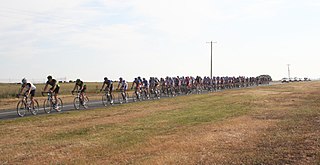
The Melbourne to Warrnambool Classic cycling race is a one-day road bicycle race. The race started in 1895 and is Australia's oldest one day race and the world's second oldest one day race, after the Liège–Bastogne–Liège Classic. Historically until 1938 the race started in Warrnambool and finished 165 miles (266 km) later in Melbourne. In 1895 the race was run in the opposite direction, from Melbourne to Warrnambool and then again from 1939. The route started in the Melbourne central business district and followed the Princes Highway to Warrnambool on Victoria's western coast. This traditional route was the longest race on the Union Cycliste Internationale (UCI) calendar, the exact distance varying slightly over time.
Women's sport in Australia started in the colonial era. Sport made its way into the school curriculum for girls by the 1890s. World War II had little impact on women's sport in the country. After the war, women's sport diversified as a result of new immigrants to the country. In the 1990s, the percentage of media coverage for women's sport on radio, television and in newspapers was not at parity with male sport. Basketball is nominally professional in Australia but players do not earn enough from the sport to compete full-time. Some Australians have gone overseas to play professional sport. Many television spectators for Australian sport are women. In person, netball has large percentage of female spectators. The Australian Federal and State governments have encouraged women to participate in all areas of sport.

Croquet has historically been a sport in Australia where men and women were able to compete on a level playing field.
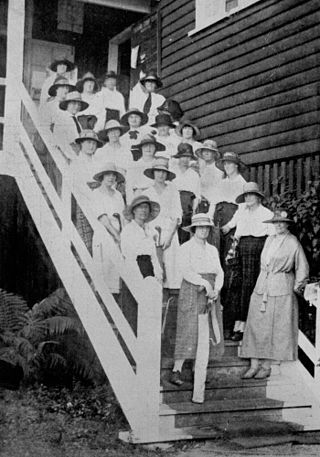
While not being urged to avoid competition, women had few opportunities to compete in sport in Australia until the 1880s. After that date, new sporting facilities were being built around the country and many new sport clubs were created. One of the reasons women were encouraged to play croquet, tennis and golf during the late 1800s was because it was scene as beneficial to their health. These sports were also seen as passive, non-aggressive and non-threatening to the period's concepts of masculinity and femininity. During the late 1800s and early 1900s, women were allowed to be members of golf clubs but most women could not be because the game was too expensive to play. Women were also limited because of restrictions imposed upon them by the men who ran the clubs and courses. For example, at the Brisbane Golf Club in 1901, women were not allowed to become full members, only associate members, could not belong to any club committees and there were limited times when they could play. Women were allowed to play and did in places such as Willowburn, Queensland. Like other sports of the time, women wore long sleeved blouses and skirts that were ankle length. They also wore hats while they were playing.

While not being urged to avoid competition, women had few opportunities to compete in sport in Australia until the 1880s. After that point, new sporting facilities were being built around the country and many new sport clubs were created. During the 1900s in Australia, lacrosse became more socially acceptable for women to participate in. Subsequently, female participation rates rose in places like Queensland.

While not being urged to avoid competition, women had few opportunities to compete in sport in Australia until the 1880s. After that date, new sporting facilities were being built around the country and many new sport clubs were created. One of the reason women were encouraged to play croquet, tennis and golf during the late 1800s was because it was seen as beneficial to their health. These sports were also seen as passive, non-aggressive and non-threatening to the period's concepts of masculinity and femininity.
Eleanor Patricia Hawkins, better known as Pat Hawkins, was an Australian endurance cyclist from Victoria Park, Perth. In 1940, aged 18 and only 12 months into her cycling career, she set world records for "1,000 miles" and "Seven days". She also set the Australian records for distance travelled in one, two, three, four, five, six and seven days, plus surpassing the Australian professional men's record.

Richard William "Fatty" Lamb was an Australian racing cyclist who competed on both road and track, as was typical of Australian cyclists of the era such as Hubert Opperman. Throughout his career, Lamb was associated with Malvern Star Bicycles and Bruce Small.

Oserick Bernard "Ossie" Nicholson was an Australian cyclist who twice held the World Endurance record for distance in a calendar year.
Frankie Thomas was an Australian racing cyclist who competed on both road and track, as was typical of Australian cyclists of the era such as Hubert Opperman.
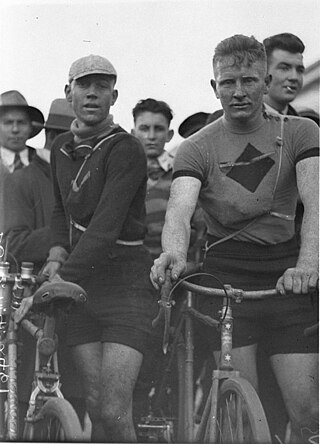
Ernest Milliken was an Australian Road racing cyclist who performed strongly in distance races and individual time trials.

The Goulburn to Sydney cycling race was a one-day road bicycle race. The first race was held in 1902 with the last in 2012.
Walter "Hefty" Stuart (1912–1938) was an Australian cyclist who competed on both road and track, as was typical of Australian cyclists of the era such as Hubert Opperman and Richard Lamb.
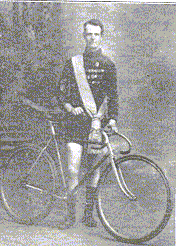
Duncan "Don" Kirkham was an Australian racing cyclist. Kirkham was a regular competitor in Australian long distance cycling races. He won the Goulburn to Sydney Classic in 1910, riding off scratch and setting the fastest time. In 1911 he was 2nd and set the fastest time, riding the 131 miles (211 km) in a record time of 6h 19' 31". Kirkham's time was not beaten until 1925 by Richard "Fatty" Lamb. He had previously finished 5th in 1909. and finished outside the top 20 in 1912.
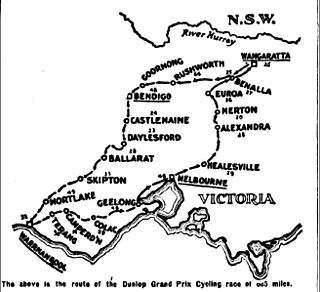
The Dunlop Grand Prix was, in 1927, the biggest cycling race in the British Empire and the richest race in the world. It was organised by the Dunlop Rubber Company which had a long history of organising bicycle races, including the Warrnambool to Melbourne, Colac to Melbourne and Goulburn to Sydney. As a result of the Dunlop Grand Prix, the Warrnambool was not held in 1927 however the Colac and Goulburn races were.
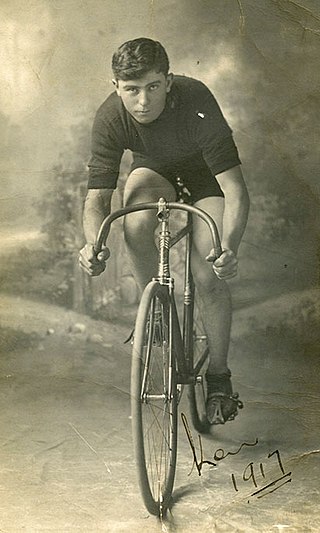
Ken Gordon Ferndale Ross (1900–1974) was an Australian road and track cyclist. His best results were achieved in the Goulburn to Sydney, where he set the fastest time on three occasions and in the Sydney Six-day race which he won three times.

Valda Emily Unthank was an Australian cyclist who held numerous records for long distance cycling, mostly set during 1938-39, most notably the women's seven day record.
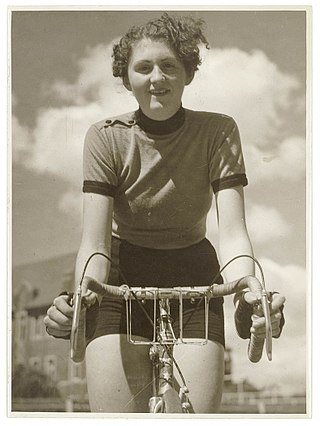
Joyce Barry was an Australian cyclist who held numerous records for long-distance cycling, most notably the women's seven-day record.
Edna Sayers (1912–1996) was an Australian cyclist who held records for long distance cycling, most notably the fastest time from Goulburn to Sydney.















